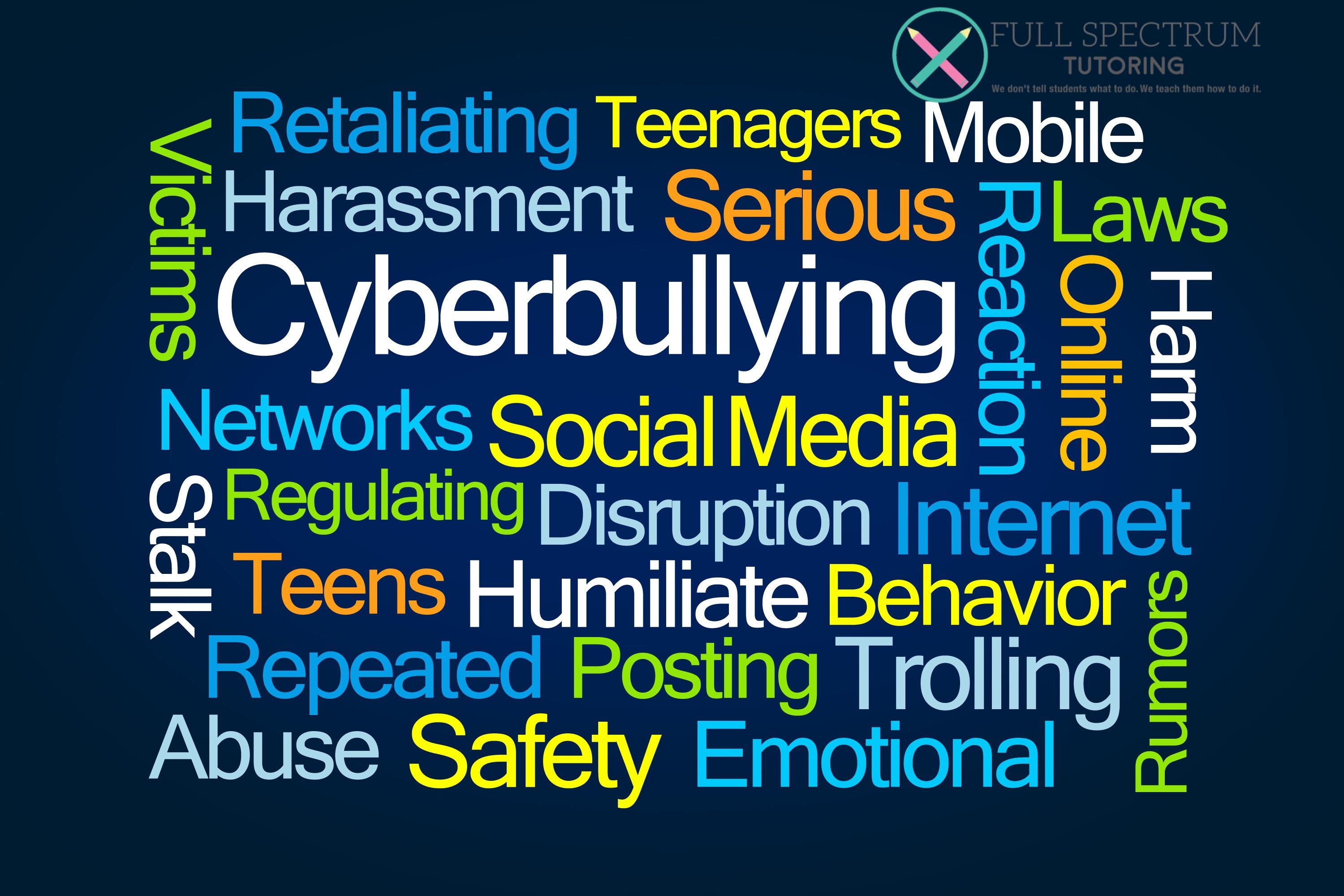


Katherine Jenkins
Many of us have dealt with bullying at some point in our lives. Before social media and the internet, victims could at least escape their tormentors in the safety of their home. For kids today however, bullying is more pervasive than ever thanks to rapidly advancing technologies and social media platforms.
Cyberbullying is a huge concern as it can be more hurtful and dangerous than offline bulling. It is often anonymous, can feel relentless and can be seen or read by many people quickly. In contrast, with in-person threats cyberbullying makes use of internet technologies, mobile devices, online video games and social media. Much our children’s lives are conducted across virtual communication systems like Facebook, Instagram and YouTube. Texts, chats, email and online games are also rife with opportunities to cyberbully.
Whereas a playground bully must face their victim (and risk witnesses), it’s much easier to engage in cyberbullying behind an anonymous screen. This distance often emboldens bullies to act or say things they would never do in person.
Research into cyberbullying suggests it happens far too often. One in five Australian kids between the ages of 8 and 15 have been cyberbullied. Parents are also faced with new challenges as evolving digital platforms make it harder to monitor their child’s use of social media. For example Snapchat and apps that send instant messages and then disappear can have a lasting impact on a child.
It’s vital for parents to be aware of the signs and seek help immediately. Most importantly, it’s important for victims to know that’s NOT their fault, they’re not alone and there is help available.
So how do you know if your child is being bullied? Most children won’t admit to being cyberbullied. The signs can be subtle so this means you’ll need to do some proactive observing to keep your kids safe from bullies.
Kids can feel powerless and trapped from threats by cyberbullies. If you child shows any of the signs mentioned above, or any other behavioural changes, it is important to talk to them and closely monitor their online and offline behaviour. It is important to encourage open communication with you or a trusted adult.
Notify your child’s school if cyberbullying involves another student as they should have anti-bullying policies in place to manager the issue.
It is important to document and report every incident.
Together, you and your child can take a few simple steps to help manage the issue in the short term, including:

Cyberbullying is serious and can have long lasting impacts on your child. This type of bullying can be hard for kids to escape. It follows them home and doesn’t end when the school day finishes. It is important that parents and teachers create a safe environment where children are comfortable opening up about cyberbullying as this is the first step to stopping it.